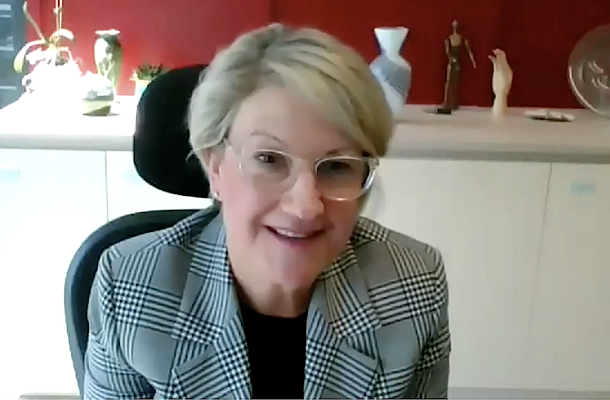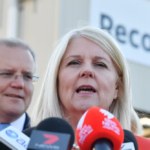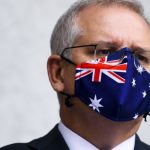Effective governance paved the way for a strong COVID response

This is an edited summary of the keynote address Ms Elizabeth Koff, Secretary of NSW Health, gave at the ‘A Vision for Australia 2020’: GAP Virtual Summit on National Resilience.’
Ms Koff outlined the approach of NSW Health in managing the pandemic. The State’s health system has a budget of $26.7 billion and over 120,000 staff, and has coped well to contain the crisis, handling 4,200 cases out of the national total of 28,000, with just over half being overseas arrivals in the State.
The early decisions to close international borders and quarantine returning Australians in hotels were critical parts of the strong and clear leadership Australia has benefited from. Further decisions of the National Cabinet were informed by the advice given to the NSW Premier from the NSW Chief Health Officer in concert with information from other states across the country through the Australian Health Protection Principal Committee.
Good governance fostered the resilience displayed by individuals, communities and organisations, but its hallmarks during COVID-19 remained the enduring qualities of leadership, communication, planning, direction and coordination, despite this year’s extraordinary uncertainty.
NSW was still recovering from calamitous bushfires when the pandemic hit, but the whole-of-government response initiated by the Premier was crucial to its successful containment. While preparatory planning for a pandemic response had been previously undertaken, the enormity of the task and the uncertainty surrounding it demanded prompt and agile decision-making.
The Premier therefore convened a crisis cabinet of relevant ministers and departmental secretaries which met daily, and the input from police, treasury, transport and customer service informed a whole-of-government response. Incorporating public feedback also allowed decision makers to gauge the opinions of the community in moving forward.
The Prime Minister and State Premiers continually stressed their reliance on health advice in their public statements, but this had to be balanced by the economic and wider health impact of lockdowns in terms of employment and mental health issues. Despite these competing concerns, the NSW Premier maintained a clear and focused message in her daily press conference, which followed her personal update at 7:30am on overnight cases and contact tracing and an 8:00am press conference to communicate appropriate measures and actions.
NSW has a large and complex health system, and organising a collective and coherent response was an early priority. It had to work as a single system during the crisis, with consistent messaging and management across the whole state.
A public Health Emergency Operations Centre was created as the engine room for case identification, contact tracing and public communication to identify hot spots where testing was required. This kept the public informed of what was required of them, and while restrictions and social distancing seemed odd at first, people soon accepted them. Taking the public on the journey, including staying off work if they had a cold, was a vital part of the process.
NSW Health comprises 15 geographical health districts, which in turn run the hospitals, community health services and public health units within their respective catchments. They responded in a prompt, efficient and agile way to fast-changing circumstances, exemplified by the containment of the Crossroads Hotel outbreak in Southern Sydney.
Heath workers were understandably concerned by the scale and impact of the crisis in Italy, Spain and other European nations, but a surge in intensive care unit (ICU) capacity from 500 to 2,000 beds ensured NSW’s ability to cope. Long-established supply chains of personal protective equipment vanished overnight, but new sources of domestic supply help mitigate clinical concerns of contracting the virus.
This clinical engagement was a vital factor, and the government used social media as well as traditional approaches to keep both health professionals and the public informed. Routine healthcare to people in NSW also continued as part of this extraordinary effort. The State and nation’s swift and decisive response stood in sharp contrast to the ‘glacial’ pace of COAG on previous issues, as the pandemic forced an urgency which has not been seen before.
Prompt sharing of health information calmed public anxiety, while engagement with business and industry on the economic impact encouraged their cooperation. This open approach to governance improved the resilience of NSW, just as setting clear goals encouraged people to move forward together.
Open Forum is a policy discussion website produced by Global Access Partners – Australia’s Institute for Active Policy. We welcome contributions and invite you to submit a blog to the editor and follow us on Twitter, Facebook, Linkedin and Mastadon.












